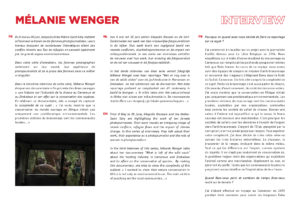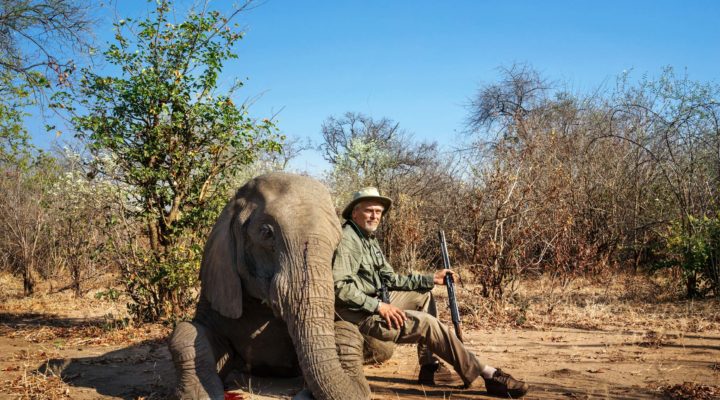Du 8 mai au 30 juin, Géopolis et les Halles-Saint Géry mettent à l’honneur le travail de dix femmes photojournalistes. Leurs travaux évoquent de nombreuses thématiques allant des conflits récents aux flux de réfugiés en passant également par de grands enjeux environnementaux.
Dans cette série d’entretiens, les femmes photographes reviennent sur leur travail, leur expérience de photojournaliste et de la place des femmes dans ce métier si singulier.
Dans la troisième interview de cette série, Mélanie Wenger évoque son documentaire « Ce qui reste des âmes sauvages » une histoire sur l’industrie de la chasse au Cameroun et au Zimbabwe et son effet sur la conservation des espèces. En réalisant ce documentaire, elle a essayé de capturer la complexité de ce sujet : « J’ai voulu montrer que la conservation du monde sauvage en Afrique n’était pas uniquement une problématique environnementale. Les premières victimes du braconnage sont les communautés locales…”
Vous pouvez lire l’interview complète ici.


From 8 May to 30 June, Géopolis Brussels and the Halles-Saint Géry are highlighting the work of ten female photojournalists. Their work reveals an intriguing image of recent conflicts, refugee flows and the impact of climate change. In this series of interviews, they talk about their work, their experience as a photojournalist and the role of women in photojournalism.
In the third interview of this series, Mélanie Wenger talks about her documentary “What is left of the wild souls” about the hunting industry in Cameroun and Zimbabwe and its effect on the conservation of species. By making this documentary, she tries to show the complexity of this subject: “I wanted to show that nature conservation in Africa is not only an environmental issue. The main victims of poaching are the local communities… »
You can read the entire interview here.

